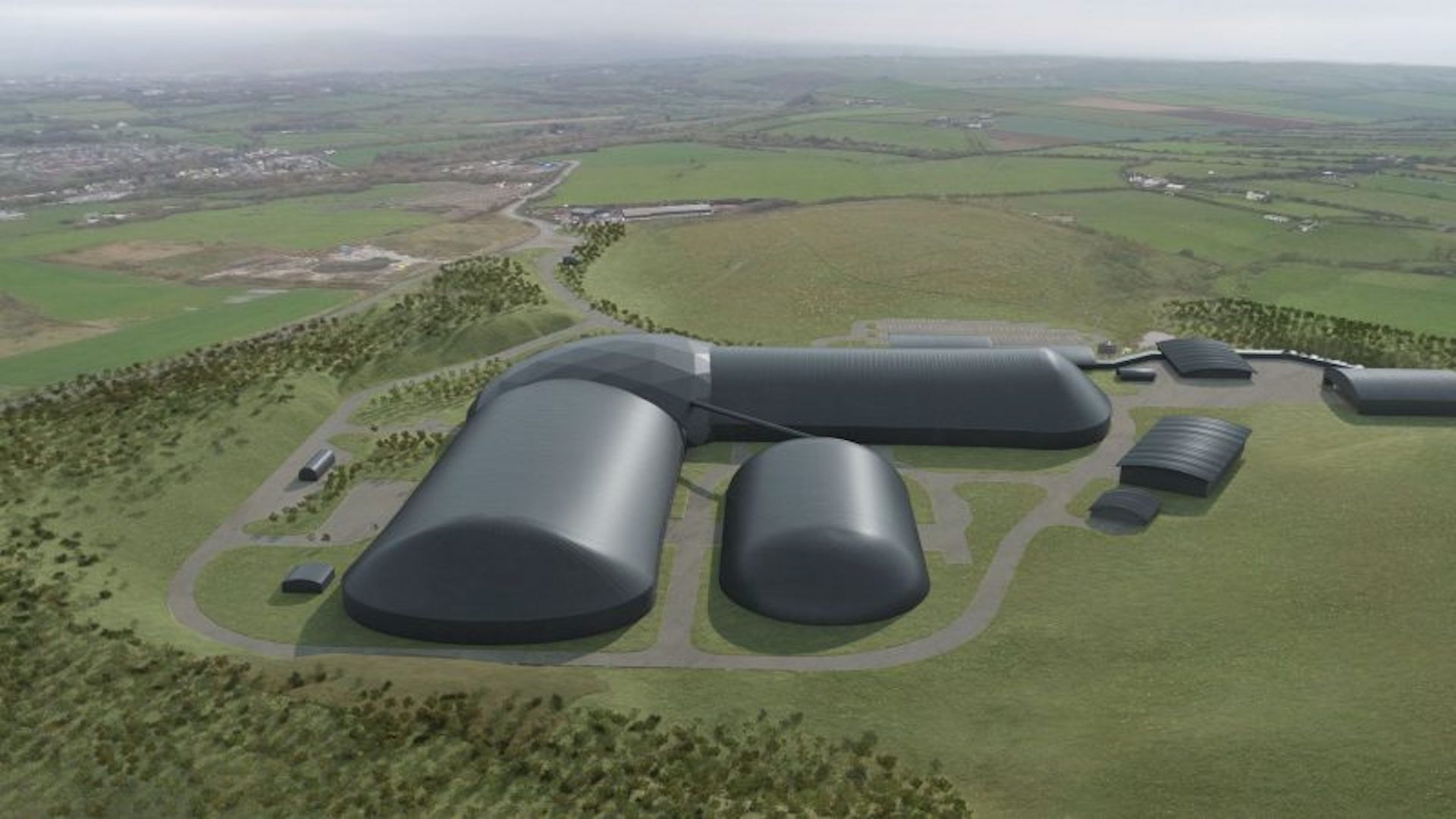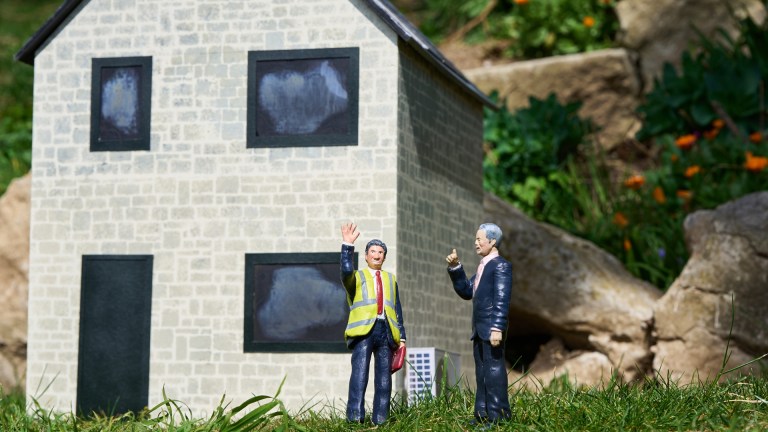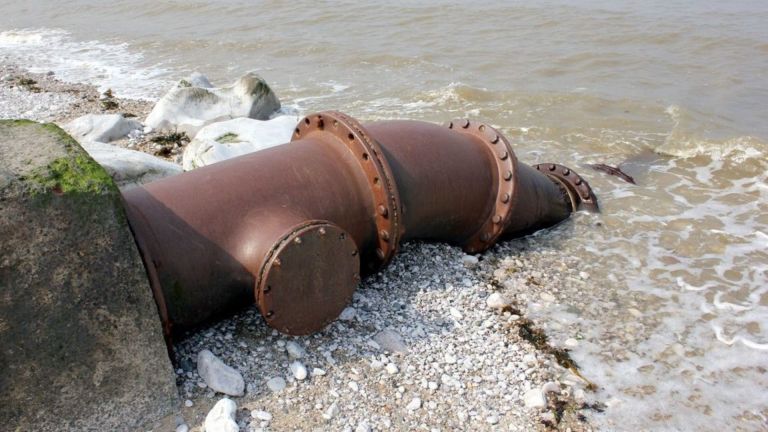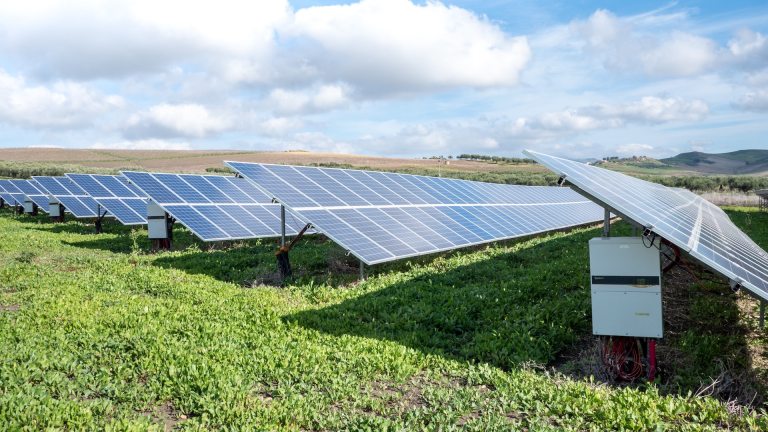Campaigners and scientists said this would undermine the UK Government’s target of net-zero greenhouse gas emissions by 2050, a date many already regard as too late. West Cumbria Mining claimed coal mined near Whitehaven, about 5km west of the Lake District National Park, could replace coal currently imported to the UK and would not add to the country’s net emissions.
Approving climate-damaging coal extraction at the same time as hosting climate summit COP26, set for Glasgow this November, would make the UK a “laughing stock” according to CPRE’S Paul Miner.
And the UK Government’s failure to intervene “contradict[ed] everything the Government likes to say about taking climate change seriously,” a Friends of the Earth spokesperson said.
Former Nasa scientist James Hanson told the Prime Minister allowing the project to go ahead would show “contemptuous disregard for the future of young people” and warned of “humiliation” at COP26.
When was the Cumbrian coal mine proposed?
West Cumbria Mining laid out plans to invest £14.7 million in finding high quality coking coal, which is exclusively used in steel production, in 2014. After finding and testing the coal under the seabed near Whitehaven the company developed £165 million proposals for a deep coal mine.
Advertising helps fund Big Issue’s mission to end poverty
Woodhouse Colliery would be the first new mine of its kind in the UK since the Asfordby Colliery was sunk in Leicestershire in 1987. The last operating deep coal mine, Kellingley Colliery in North Yorkshire, closed in 2016.
Cumbria County Council unanimously voted in favour of the plans in March 2019. This was despite objections from nearly 2,500 locals and campaigners.
It was the second of ultimately three times the council would back the proposals, after West Cumbria Mining made a series of amendments. One of these was to write in reassurance the mine would close by 2049 after legal action by campaigners.
Why do people support proposals for Woodhouse Colliery?
The mine is planned for a historically deprived area where jobs are tough to come by. Nearly 31,000 people (13 per cent of the population) find it difficult to afford heating and electricity in Cumbria, according to the Cumbria Intelligence Observatory, three per cent higher than the national average. Nearly 15,000 children (18 per cent) in Cumbria were living in poverty in 2019.
The Cumbria coal mine would provide 500 new jobs for locals, West Cumbria Mining said, and would allow the creation of a fund to be invested in the community which the company would pay into for ten years. Local supporters back the idea of “coal not dole”.
Advertising helps fund Big Issue’s mission to end poverty
But environmental experts said investment in green jobs, rather than in industries which must soon adapt or close down, would be the most effective way to create sustainable employment.
There are 18 gigawatts’ worth of planned green electricity projects, the equivalent of six nuclear power plants, ready to employ workers and begin construction, according to renewable energy experts Regen. These could soon provide 200,000 jobs and £125 billion to the UK economy with investment to accelerate them, according to the analysis.
And if half of UK towns and cities introduced best practice cycle lanes and pedestrianisation over the next two years, another 100,000 jobs could be created, said Libby Peake, head of resource policy at the Green Alliance think tank.
Business secretary Kwasi Kwarteng previously disagreed with campaigners’ assertions that current government policy meant any such mining project should be ruled out. Because the Woodhouse Colliery would produce coal for coking, not to fuel power stations, it fell outside Westminster’s pledge to end the burning of fossil fuels for electricity by 2025.
Why did Cumbria County Council decide to reconsider the plans?
The UK declared a climate emergency in May 2019. But in February the council said “new information” had forced its U-turn on the Cumbria coal mine plans.
The announcement followed new advice published by the Committee on Climate Change, detailing how the Government can reach net zero emissions by 2050. The committee warned ministers allowing the mine to go ahead would give “a negative impression of the UK’s climate priorities”.
Advertising helps fund Big Issue’s mission to end poverty
“The report, among other things, sets out the volume of greenhouse gases the UK aims to emit during 2033-2037,” a Cumbria County Council spokesperson said.
“This new information has been received prior to the issue of the formal decision notice on the application.
“In light of this the Council has decided that the planning application should be reconsidered.”
The council will now face pressure from environmental experts, concerned locals and those who want to see the mine create jobs. But the UK Government could still step in.
“The government now has a second chance to do the right thing and call it in,” shadow business secretary Ed Miliband said.
“The UK cannot claim to be a climate leader while opening a new coal mine, and ministers must realise that by doing so they undermine our credibility both at home and abroad.”
Advertising helps fund Big Issue’s mission to end poverty
The UK Government will now step in and has announced plans to hold a public inquiry to consider opinions from all sides.
In a letter to Cumbria City Council from an unnamed civil servant on behalf of Local Government Secretary Jenrick, the government announced plans to “call in” the planning application via a public inquiry on March 10.
The Secretary of State has decided to intervene as “this application raises planning issues of more than local importance” and the differing positions on the matter mean they “should be explored during a public inquiry”, the letter concluded.
The move earned praise from campaigners. Tom Fyans, director of campaign and policy at CPRE, the countryside charity, said: “Ahead of COP26 and with the looming threat of the climate emergency, we hope that this is the first of many decisions that show government can walk the walk, not just talk the talk.”










